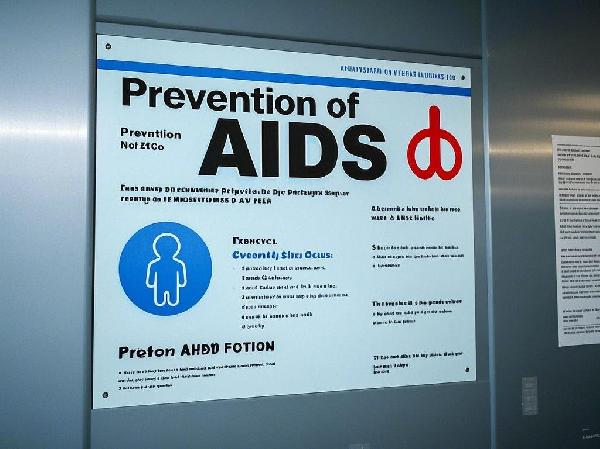Genital Herpes (GH), also known as herpes simplex occurring in the genital area, is a viral infectious skin disease, categorized under "heat sores" in Traditional Chinese Medicine. It differs from herpes simplex occurring outside the corners of the mouth and is predominantly transmitted through sexual contact. So, what are the examination methods for genital herpes?

1. Cytological Examination
After sampling, a direct smear is made, followed by Wright staining, Giemsa staining, or Papanicolaou staining. Finding eosinophilic inclusion bodies within the nuclei of multinucleated giant cells aids in diagnosis.
The sensitivity of this method is only 50%-80%, and it lacks specificity. The positive rate is high in the early stages of the disease but lower in later stages.
2. Etiological Examination
(1) HSV Examination: Direct immunofluorescence test using fluorescein-labeled anti-HSV-1 and anti-HSV-2 antibodies can differentiate between HSV types.
(2) HSV Antigen Examination: Indirect immunofluorescence test, enzyme-linked immunosorbent assay (ELISA), Western blot, or radioimmunoassay can also be used to detect HSV antigens.
(3) HSV Nucleic Acid Examination: Includes nucleic acid probe detection and nucleic acid amplification detection, with the latter further divided into PCR and LCR. These methods are highly sensitive and specific, fast, simple, and require low detection material.
(4) HSV Culture and Isolation: Commonly uses cell culture, mainly for further identification of HSV.
(5) Electron Microscopy: Takes vesicle fluid or diseased brain tissue to make slides for observing virus particles under an electron microscope. The positive rate is 50%, but it is difficult to distinguish HSV from other herpes viruses morphologically. Immunoelectron microscopy is more specific.
3. Serological Examination
Mainly used to detect anti-HSV-1 and anti-HSV-2 antibodies, diagnose primary HSV infection, and conduct seroepidemiological surveys of HSV infection. Methods include immunofluorescence test, ELISA, Western blot, and radioimmunoassay. In modern times, using HSV-2 gD2 glycoprotein as an antigen to detect anti-HSV-2 antibodies, and HSV-1 gD1 or gC glycoprotein as an antigen to detect anti-HSV-1 antibodies, are highly sensitive and can differentiate between anti-HSV-1 and anti-HSV-2 antibodies. However, these tests only indicate whether the patient has had a symptomatic or asymptomatic HSV infection.
























